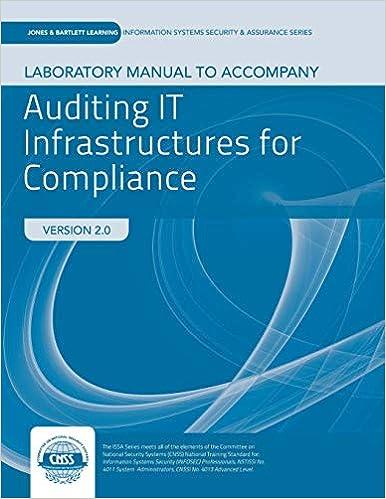please help me











Review Questions 1. What are the four categories of employment income? 2. List five methods an employer can use to pay eamings. 3. What are allowances? Provide an example of an allowance. 4. What are benefits? Provide an example of a benefit. 5. What are expense reimbursements? Review Questions 6. Which jurisdiction(s) have employment standards legislation that requires that employees must receive their pay at least semi-monthly? 7. List two of the most common types of pay period frequencies. Review Questions 8. Choose the correct description for each of the earning types provided by entering the letter in the middle column. 9. Using the information provided, calculate the pay period salary, hourly rate and daily rate for the following cmployees, showing all calculations. Chapter 2 Employment Inceme- Regular Earaiags 10. Using the information provided, calculate the pay period eamings for the following employees, showing all calculations. O The Canatian Paynull Assciative - Prycell fuedencetals I 2.23 11. True or false. An employer administered disability plan is commonly called a third-party plan. 12. What are the main types of disability coverage? 13. True or false. Paid sick leave is legislated in Qubec, Saskatchewan and Nova Scotia. 14. What are the payroll practitioner's responsibilities when the organization offers a disability plan? 15. Using the information given, calculate the vacation pay for the following employees, showing all calculations. Review Questions 16. Enter the statutory deductions required for each employee in order of priority. 17. In the following scenarios, determine the employec's gross pensionable/taxable income. insurable carnings and net taxable income. Using these figures, calculate the required statutory withboldings based on the employee's province of employment, Use the tax tables provided in your Student Information Guide to determine the federal and provincial income tax and manually calculate the other statutory deductions. a. Jerome Ranger is a Qubec employec, eaming $18.70 per hour, paid on a bi-weckly basis. In this pay period, Jerome worked 80 regular hours and 10 overtime hours. The overtime is paid at 1.5 times his regular rate. Jerome's TDI claim code is 2 and his TP-1015.3-V deduction code is B. Review Questions 16. Enter the statutory deductions required for each employee in order of priority. 17. In the following scenarios, determine the employec's gross pensionable/taxable income. insurable carnings and net taxable income. Using these figures, calculate the required statutory withboldings based on the employee's province of employment, Use the tax tables provided in your Student Information Guide to determine the federal and provincial income tax and manually calculate the other statutory deductions. a. Jerome Ranger is a Qubec employec, eaming $18.70 per hour, paid on a bi-weckly basis. In this pay period, Jerome worked 80 regular hours and 10 overtime hours. The overtime is paid at 1.5 times his regular rate. Jerome's TDI claim code is 2 and his TP-1015.3-V deduction code is B. b. Helen Kowalski, an Alberta employee, carns $65.040.00 annually and is paid on a semi-monthly basis. Helen's claim codes on her federal and provincial TD Is are 1. Review Questions Chapter 2 Employment Income - Regular Earnings \begin{tabular}{|l|} \hline Step Five \\ \hline Step Six \\ \hline Step Seven \\ \hline Step Eight \\ \hline \\ \hline \end{tabular} O. The Canadian Payzol] Associatice - Payroll Fusdamentals I 245 Employment Income - Regular Earnings Chapter 2 Employment Income - Regular Earnings \begin{tabular}{|l|} \hline Step Five \\ \hline Step Six \\ \hline \\ \hline Step Seven \\ \hline \end{tabular}



















